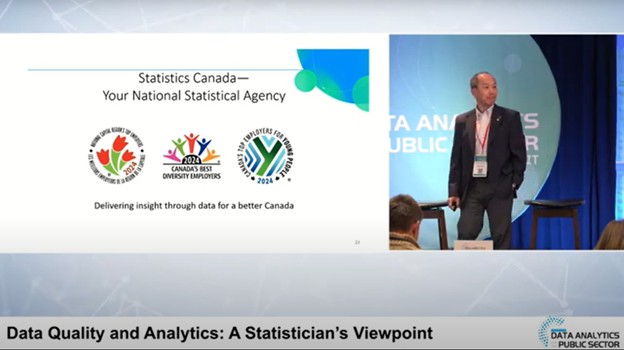Executive Summary
Generative AI holds immense promise for transforming how organizations derive insights and make decisions. Yet, traditional large language models (LLMs) are constrained by a lack of contextual awareness and a tendency to “hallucinate”—producing convincing but inaccurate outputs. Retrieval Augmented Generation (RAG) offers a powerful solution, enabling the development of trustworthy, data-grounded AI systems that deliver accurate and reliable responses.
The AI Reliability Challenge
As enterprises increasingly explore generative AI for streamlining workflows and extracting value from data, a critical limitation persists: standard LLMs, trained on vast but general internet corpora, lack the precision and contextual depth required for high-stakes business environments. These models often fabricate information, undermining trust and exposing organizations to strategic missteps, financial risk, and compliance issues. To harness AI effectively, organizations must address these limitations head-on.
What Is Retrieval Augmented Generation?
Retrieval Augmented Generation (RAG) marks a fundamental shift in enterprise AI architecture. Unlike conventional approaches that rely on vector databases and static knowledge embeddings, RAG dynamically connects AI models with real-time, authoritative data sources. This ensures that each AI-generated output is anchored in accurate, up-to-date information. RAG translates natural language prompts into structured database queries, bridging the gap between intuitive human communication and rigorous data retrieval.
Key Implementation Strategies
A successful RAG deployment hinges on an agile, integrated technical foundation. Core strategies include:
Data Virtualization: Seamless integration across legacy systems, cloud environments, and siloed data repositories.
Semantic Modeling: Development of intuitive data ontologies that make organizational information machine-readable and meaningful.
Access Controls: Implementation of fine-grained security measures to ensure compliant and role-based data access.
Query Translation: Sophisticated mechanisms that convert natural language inputs into precise data queries tailored to the organization’s unique information architecture.
Cross-Industry Use Cases
RAG can be adapted to meet the needs of diverse industries:
Healthcare: Delivering real-time, evidence-based insights to clinicians by retrieving data from medical literature and patient records.
Government: Enhancing citizen services through AI systems that generate accurate, policy-driven responses.
Financial Services: Supporting risk management, compliance, and fraud detection with AI grounded in transaction-level data.
Customer Experience: Enabling AI agents to provide highly personalized support by referencing individual customer histories and interaction logs.
Technical Requirements
Building an enterprise-grade RAG system requires:
Real-Time Data Access: High-performance data virtualization tools that enable dynamic access to both structured and unstructured data.
Semantic Translation Engines: Tools that map internal data structures into comprehensible, queryable forms.
Scalable Infrastructure: Low-latency systems capable of handling complex, high-volume queries with transparent traceability.
Robust Governance: Frameworks to safeguard data privacy, ensure regulatory compliance, and maintain audit trails for all AI-generated content.
Evaluation Framework
Traditional metrics like model accuracy or F1 scores fall short in evaluating RAG systems. A more holistic approach includes:
Accuracy & Relevance: Comparison of AI outputs against verified data.
Timeliness: Assessment of data freshness and latency in retrieval.
Trustworthiness: Monitoring user satisfaction, confidence levels, and adoption rates.
Model Feedback Loops: Continuous learning and tuning based on human-in-the-loop validation and system telemetry.
Conclusion
RAG represents a pivotal advancement in enterprise AI strategy. By grounding generative outputs in live, authoritative data, organizations can shift from speculative AI applications to dependable, mission-critical tools. RAG unlocks new dimensions of precision, context, and accountability—empowering organizations to lead in the era of trustworthy AI.
Recommended Next Steps
Assess Current Data Infrastructure: Identify integration gaps, data silos, and limitations in current access models.
Design a Pilot RAG Initiative: Start with a focused use case to test data reliability, latency, and model performance.
Form a Cross-Functional AI Strategy Team: Include stakeholders from IT, data governance, compliance, and line-of-business leaders.
Invest in Core Enabling Technologies: Prioritize data virtualization platforms, semantic modeling tools, and API frameworks.
Establish a Governance and Evaluation Program: Build trust with mechanisms for oversight, performance auditing, and continuous improvement.
This whitepaper is based on the 2024 DAPS Summit session featuring Etienne Pelletier of Denodo.






